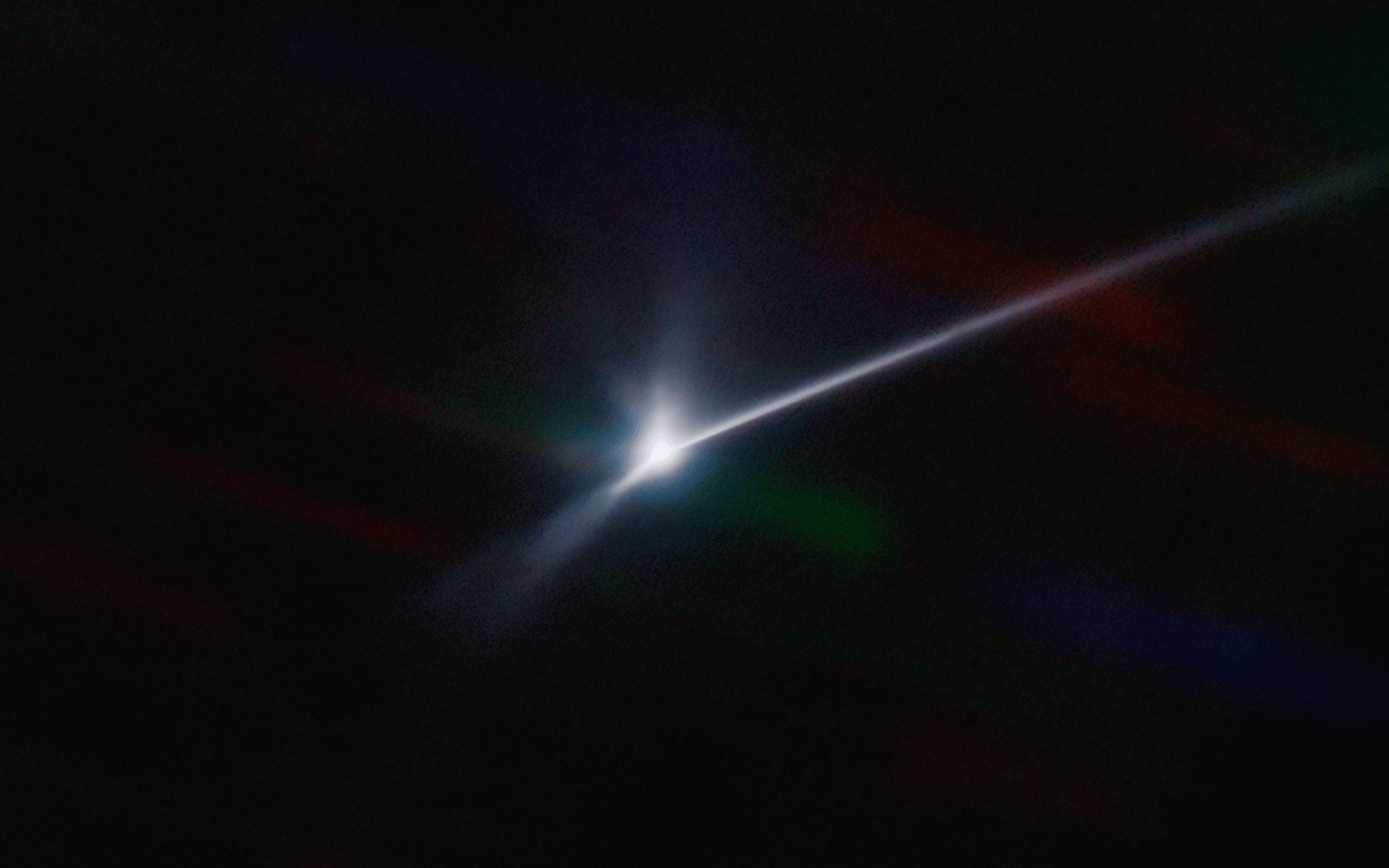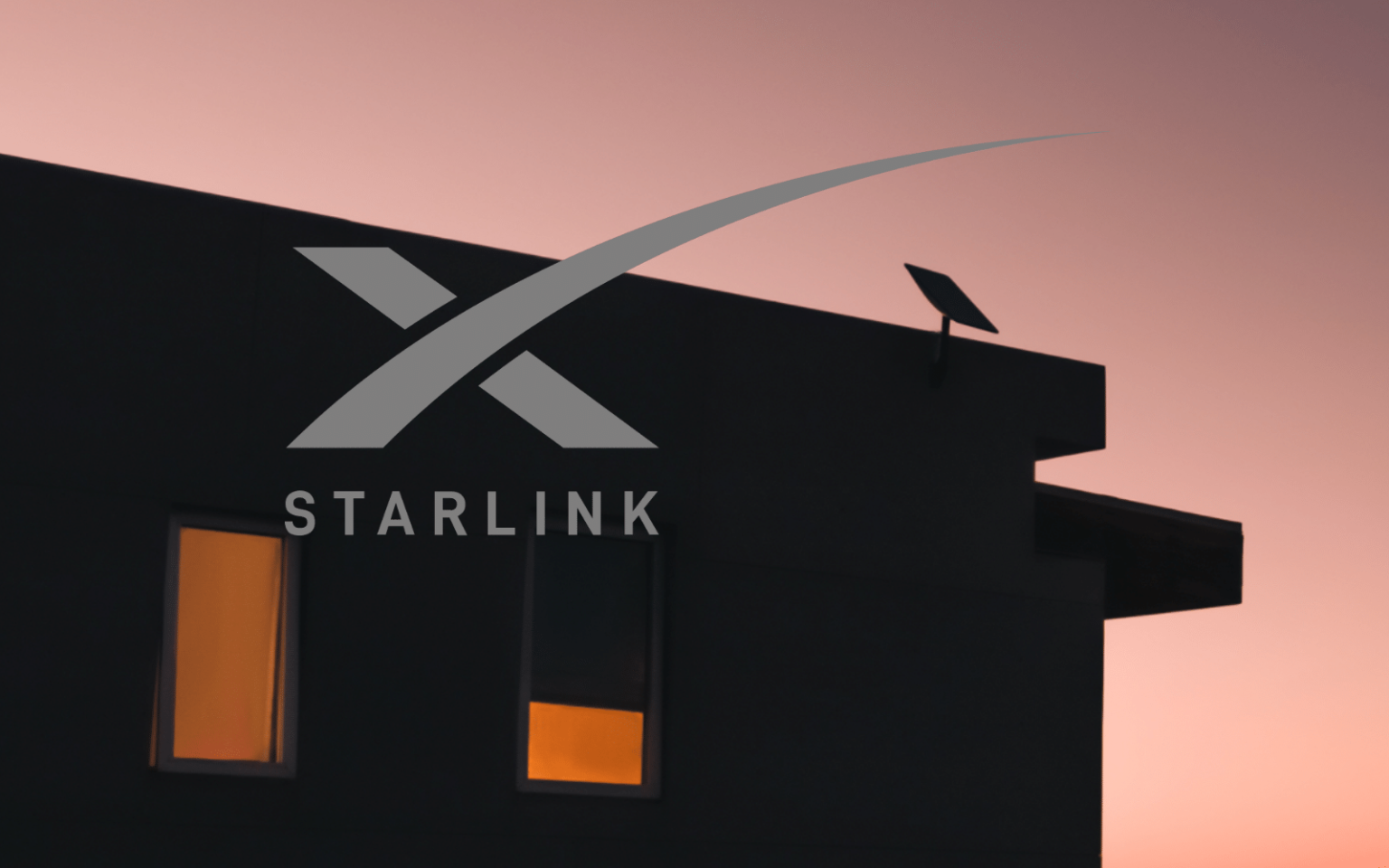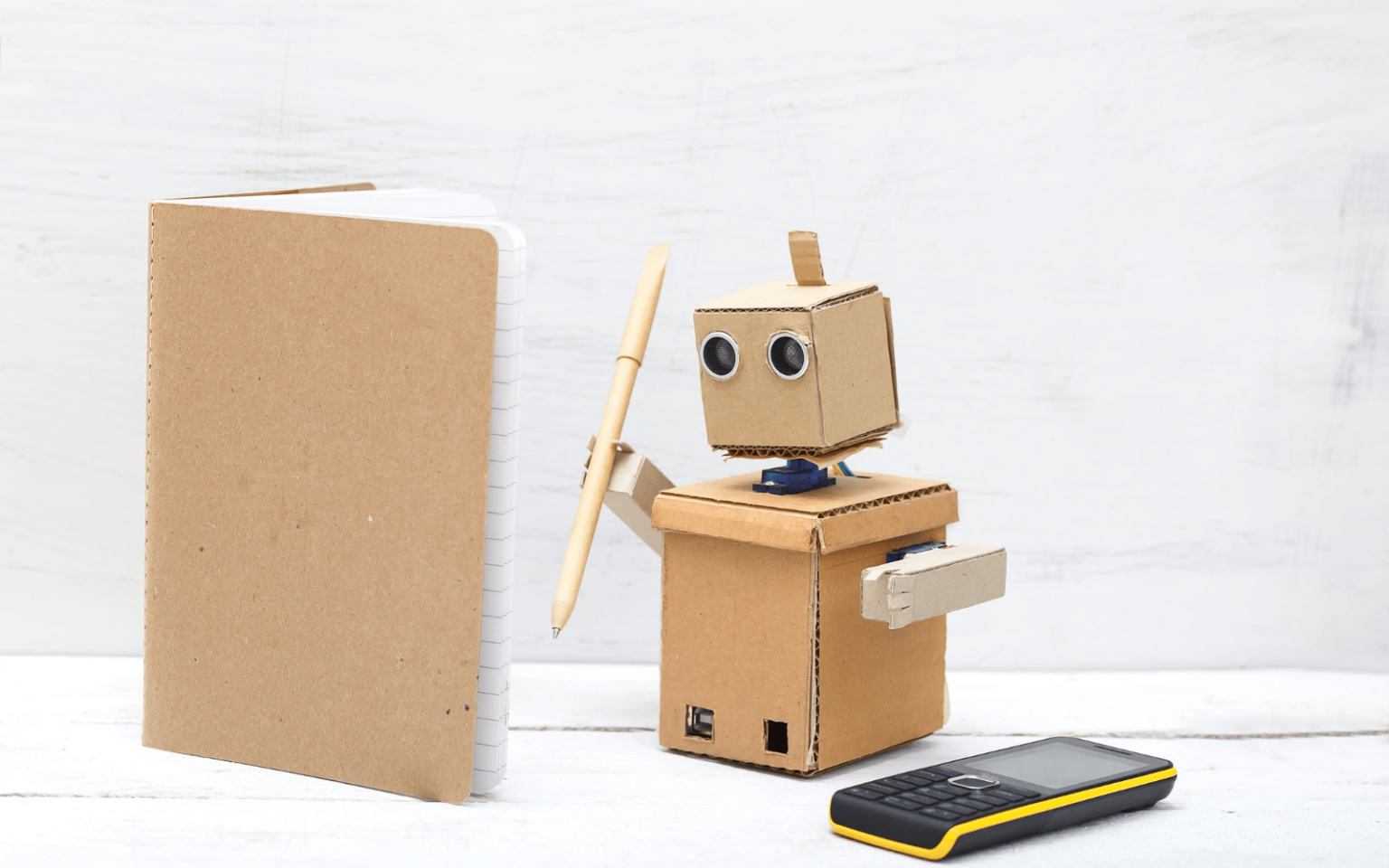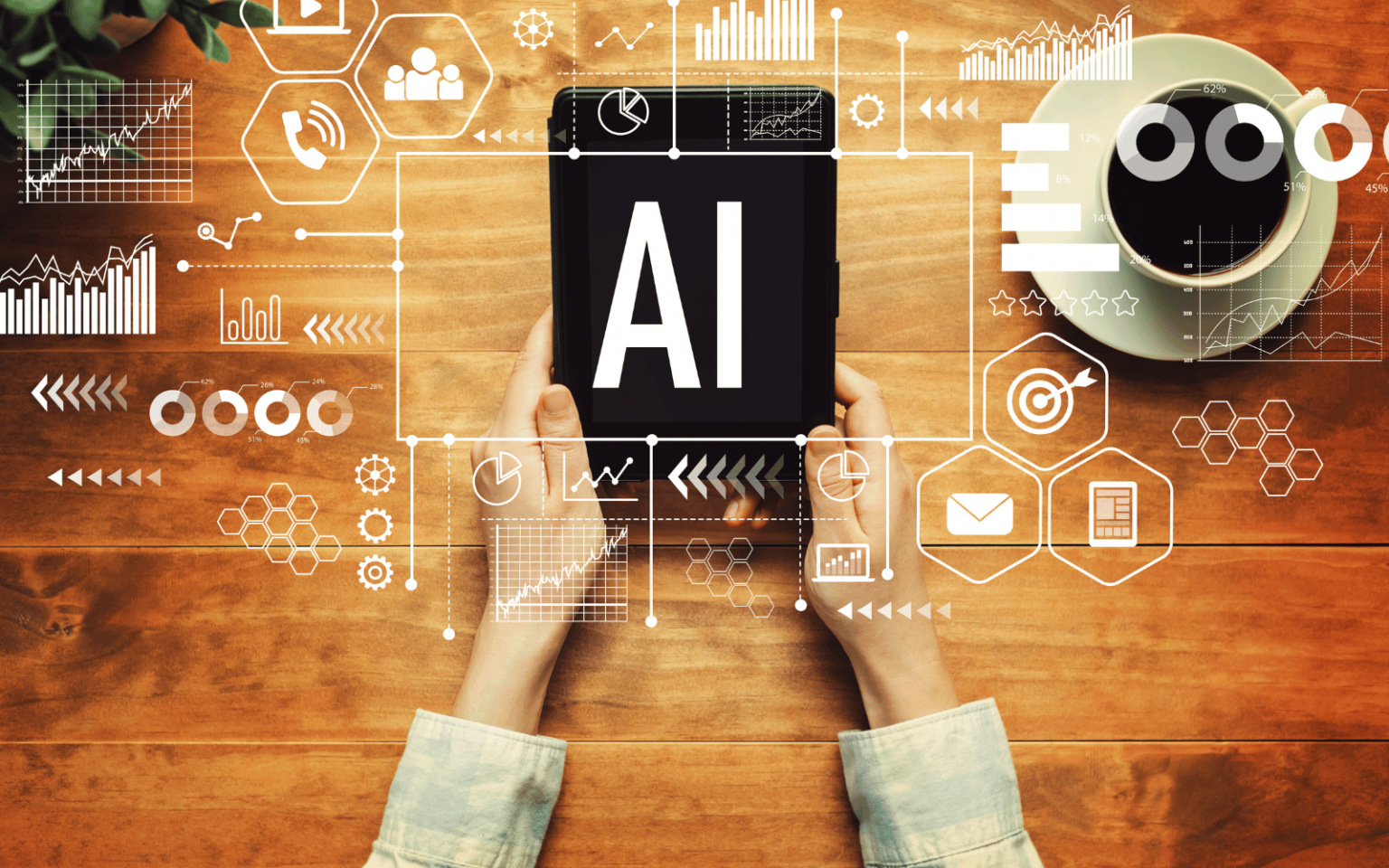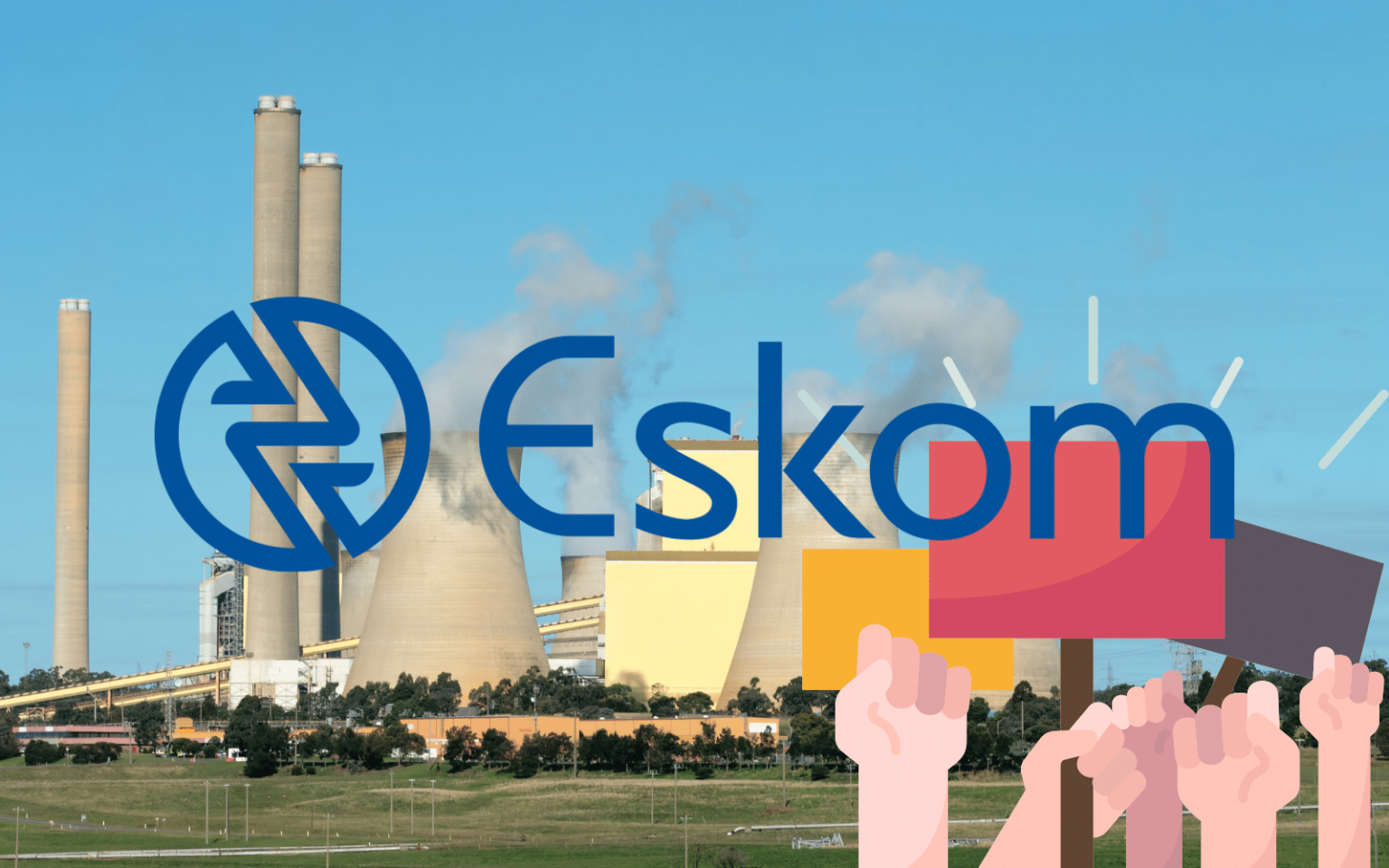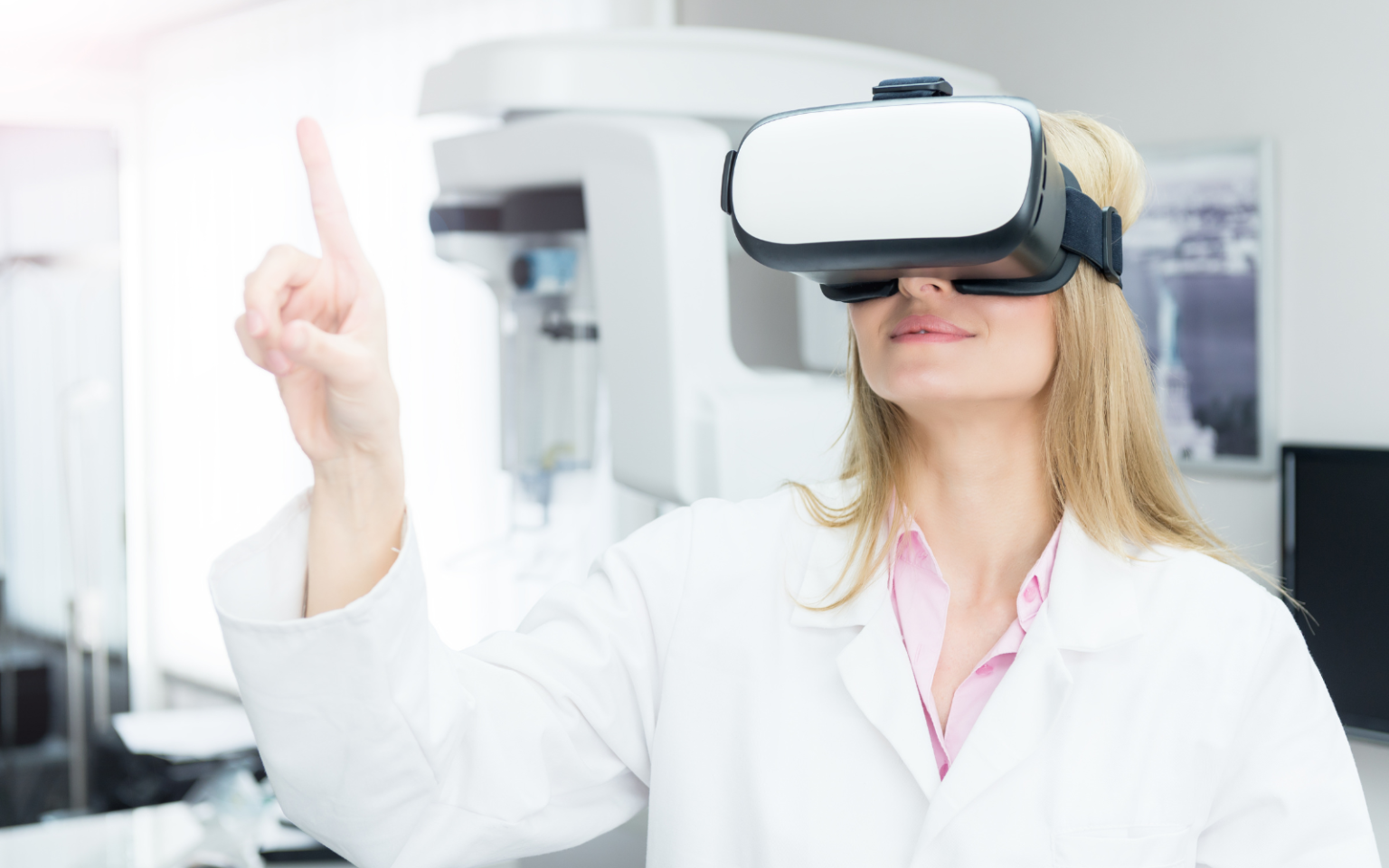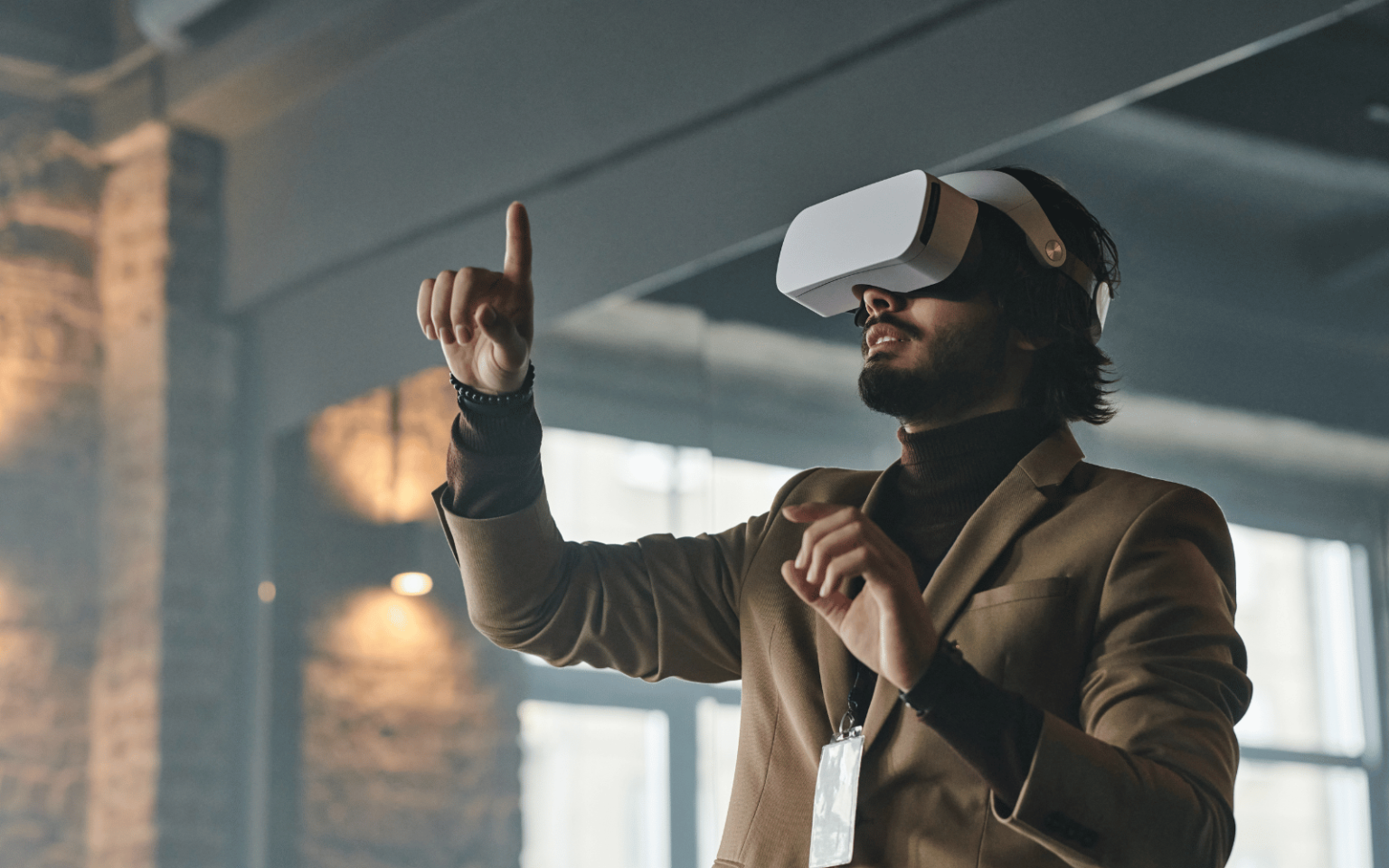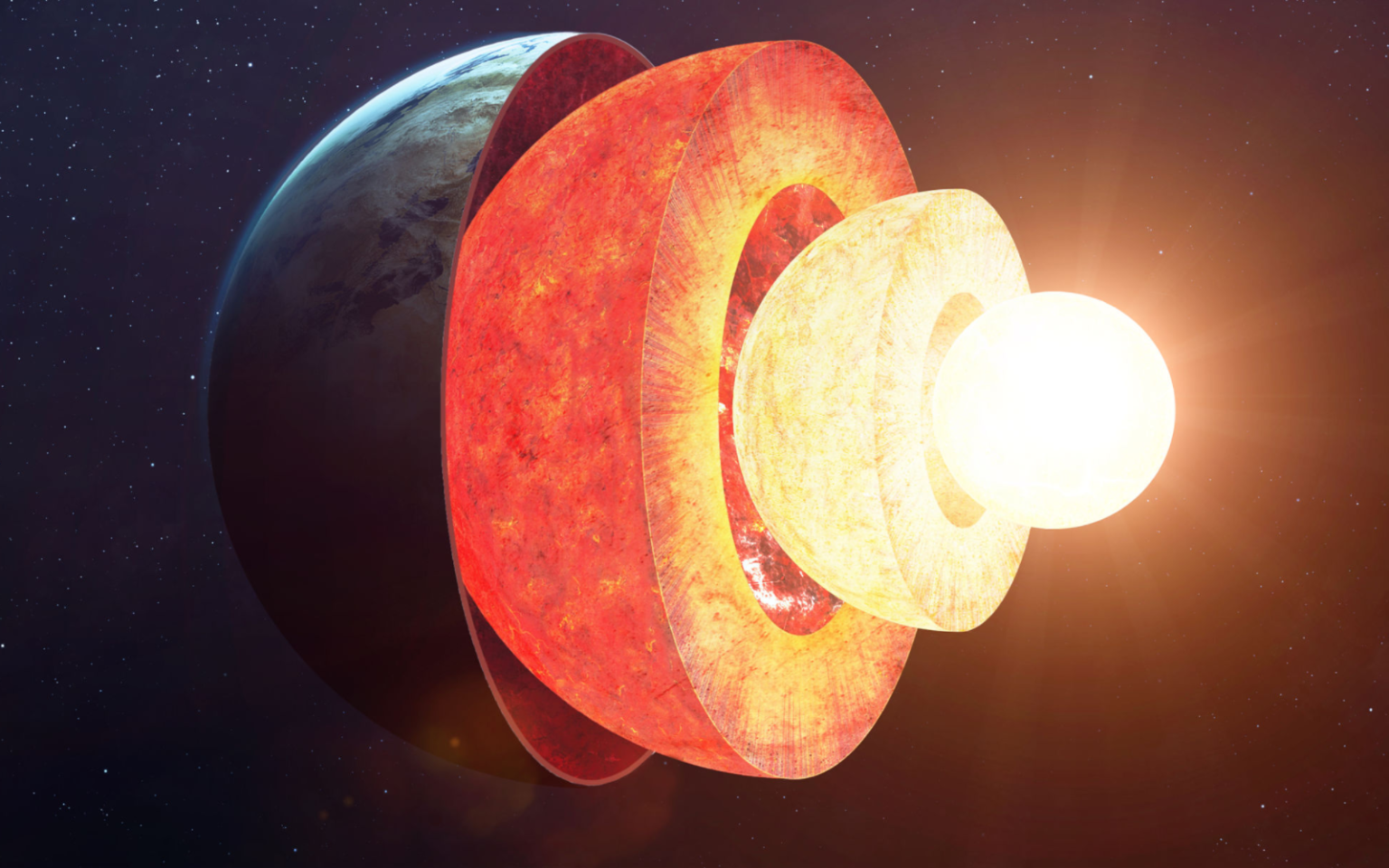What would we do if we spotted a hazardous asteroid on a collision course with Earth? Could we deflect it safely to prevent the impact? Last year, NASA’s Double Asteroid Redirection Test (DART) mission tried to find out whether a “kinetic impactor” could do the job: smashing a 600kg spacecraft the size of a fridge into an asteroid the size of an Aussie Rules football field. Early results from this first real-world test of our potential planetary defence systems looked promising. However, it’s only now that the first scientific results are being published: five papers in Nature have recreated the impact, and analysed how…
Author: The Conversation
The rapid growth of cryptocurrencies and virtual non-fungible tokens have dominated news headlines in recent years. But not many may see how these modish applications connect together in a wider idea being touted by some as the next iteration of the internet — Web3. There are many misconceptions surrounding this buzzy (and, frankly, fuzzy) term, including the conflation of Web3 with Web 3.0. Here’s what you need to know about these terms. What is Web3? Since Web3 is still a developing movement, there’s no universal agreement among experts about its definition. Simply put, Web3 is envisioned to be a “decentralized web ecosystem,” empowering users to bypass…
We have long been fascinated with the idea of alien life. The earliest written record presenting the idea of “aliens” is seen in the satiric work of Assyrian writer Lucian of Samosata dated to 200 AD. In one novel, Lucian writes of a journey to the Moon and the bizarre life he imagines living there – everything from three-headed vultures to fleas the size of elephants. Now, 2,000 years later, we still write stories of epic adventures beyond Earth to meet otherworldly beings (Hitchhiker’s Guide, anyone?). Stories like these entertain and inspire, and we are forever trying to find out if science fiction will…
It’s hard for many of us to imagine a world without instant, limitless internet access. Some have even argued that it should, alongside access to clean water and electricity, be considered a basic human right. But in fact only 64.4% of the global population as of January 2023 are internet users. Asia and Europe are home to most of the people who are connected. Africa comes in third. However, accessibility varies wildly across the continent. About 66% of people in southern Africa are internet users. In east Africa the figure is 26%; it is just 24% in central Africa. People in rural areas have…
Since ChatGPT was released, many commentators are sounding the alarm about an artificial intelligence (AI) takeover, suggesting that professors will soon be out of a job, or that the student essay is dead. This is reactionary and misguided. ChatGPT, by its very nature, cannot do the kinds of things we ought to want student essays to do. ChatGPT does not, and cannot, like other AI, give a damn: In the words of philosopher John Haugeland, AI cannot possibly give a damn, as nothing matters to it. ChatGPT does, however, pose a unique set of challenges and opportunities when it comes to education and assessment — some of which…
Is imitation the sincerest form of flattery, or theft? Perhaps it comes down to the imitator. Text-to-image artificial intelligence systems such as DALL-E 2, Midjourney and Stable Diffusion are trained on huge amounts of image data from the web. As a result, they often generate outputs that resemble real artists’ work and style. It’s safe to say artists aren’t impressed. To further complicate things, although intellectual property law guards against the misappropriation of individual works of art, this doesn’t extend to emulating a person’s style. It’s becoming difficult for artists to promote their work online without contributing infinitesimally to the creative…
The announcement by the South African finance minister, Enoch Godongwana, of debt relief for the country’s troubled power utility, Eskom, is a step forward. It will fix one problem: Eskom has too much debt. But the plan won’t end power cuts which have worsened in recent years. The international experience is that one way to end electricity shortages is to allow competitively-priced privately-funded generation at scale. This requires a reorganisation of South Africa’s electricity market along the lines announced by the Department of Public Enterprises nearly four years ago. The crux of the plan was to split Eskom into three separate units – generation, transmission and…
Despite recent waves of Big Tech layoffs, billions of dollars have been sunk into virtual reality (VR) hardware and software over the past few years. For this investment to be worthwhile, the VR industry needs to achieve sustainability and growth. To do this, it will have to explore many different applications of VR technology, including manufacturing and social VR. Social VR is a type of virtual reality experience where users can meet and interact with one another in a virtual world. As a University of Toronto Mississauga (UTM) associate professor who researches social VR and teaches classes on virtual environments, I am often faced with the question of what will drive…
The way we live our lives online is rapidly changing. Artificial intelligence (AI), virtual reality and innovations such as blockchain – a kind of digital record for transactions — are set to transform the online world, affecting everything from social media to how people and businesses make money from their creativity. If you’re feeling confused by the pace of change, here’s what you need to know about five trends on the cusp of making a major impact. 1. Generative AI AI and the more specific field of machine learning (where software improves at a task with experience) are already used…
Not so long ago, Earth’s interior was thought to be made up of four layers: the crust, mantle, (liquid) outer core and (solid) inner core. In a new study published today in Nature Communications, we provide further evidence for the existence of an “innermost inner core” – a distinct internal metallic ball embedded in the inner core like the most petite Russian nesting doll. Studying Earth’s centre is not just a topic of academic curiosity, but something that sheds light on the very evolution of life on our planet’s surface. This is because the inner core grows outwards by solidifying materials…

